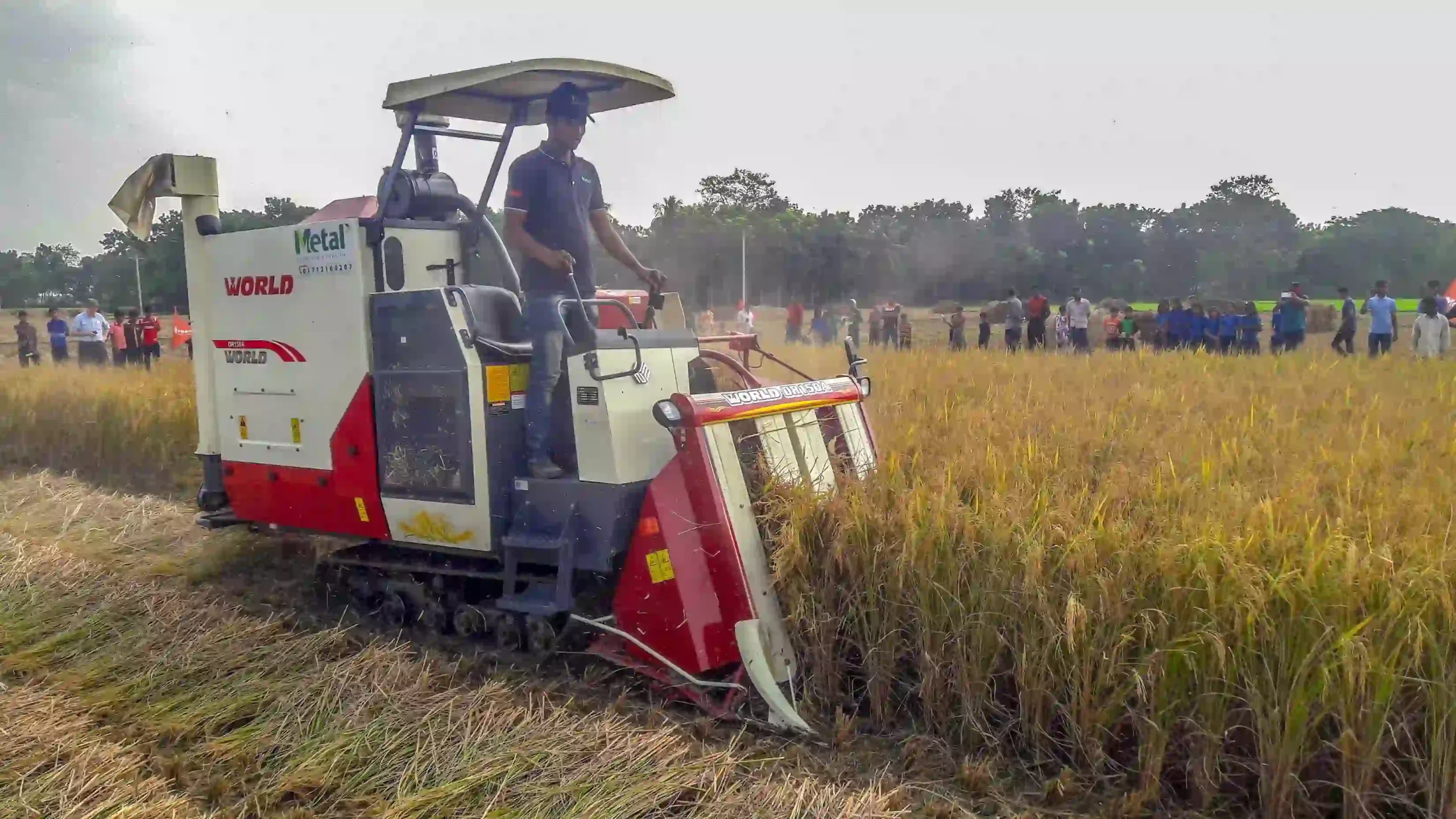GET IN TOUCH
- Please wait...

Photo Credit: ACDI/VOCA
This letter was originally sent to LightCastle Bimonthly Newsletter subscribers.
Agricultural mechanization is key to delivering sustainable and transformative changes in Bangladesh’s agriculture. With an 11.66% contribution to the nation’s GDP and employing approximately 45% of the labor force in FY 2021-22, the possibilities for deepening the sector’s potential can be significantly increased by emphasizing mechanization.
Agricultural mechanization generates higher productivity, and efficiency and prevents the loss of crops. For instance, manual planting in Bangladesh requires around 123-150 man-hours/hectare whereas mechanical transplanting with a four-row walking transplanter would take 9-11 man-hours/hectare. A delay of one month in transplanting can reduce yield by 25%; that of 2 months can reduce 70% of the total crop yield.
A study titled “On- and Off-Farm Mechanization in Bangladesh: A Sustainable Approach to Ensure Food Security” conducted by the Bangladesh Agricultural University on rice cultivation has shown that using seed planters, transplanters, and harvesting machines, the cost of each operation could be brought down by at least 50%.
Within the 11.66% GDP contribution, roughly 50% can be attributed to crops and horticulture. However, the remaining 50% constitutes other pertinent sub-sectors such as dairy, poultry, and aquaculture. At present, the focus on mechanization is mostly geared around some crops grown in large areas, such as rice.
To be able to scale and advance other sub-sectors and cater to the consumption needs of the growing middle- and affluent-class against a receding landscape due to accommodating the population proliferation, there is a dire need to push for machinery expansion in horticulture, aquaculture, poultry, and dairy farming as well.
The proposed budget for FY 2022-23 aims to increase the overall allocation for agriculture, including fisheries, livestock, land, water resources, and the environment, by nearly 4% — which is commendable. What’s more, the government is proposing to continue to increase subsidies for crop farming machinery to boost production. But unless the policy equally supports mechanization uptake in other relevant sectors such as milking machines, garden tractors, and fish aerators, the nation risks reaching the true potential of Bangladesh’s agriculture.
Additionally, putting emphasis on developing post-harvest management, warehouses, and cold chains to preserve and transport food from farms to markets is equally relevant to minimizing the significant losses that occur in this phase. Greater policy support is, therefore, solicited to create a sound enabling, level-playing field across the board for all types of agricultural produce.
The role of the government should not stop just there. Access to finance has been a plaguing factor for most of the MSMEs with regard to availing machinery. To this end, the central bank could allow a mandate for mainstream financial institutions to charge a simple interest rate. Moreover, particularly for the importers of machinery, the state may provide import incentives, such as lower import duty, to make the higher purchase-selling models of importers more profitable since they can pass on the benefits of lower import duty in the form of lower purchase prices to end-buyers.
Alongside policy interventions, ecosystem enablers need to continue to push farmers and MSMEs to become ‘finance ready.’ For the agri-machinery market to develop, the literacy of the value chain actors in terms of business financials, machine operation, and daily maintenance has to be built and monitored. This is mostly applicable for SMEs (machine service providers, light engineering SMEs, and dealers in this context) and farmers because proper machine usage and maintenance are of utmost significance to increasing machine resale value by 50% in the secondary market. This will help develop a secondary market for the agri-machinery that can boost confidence among the financiers, aiding them in recovering the loan amounts in the event of possible defaults.
At LightCastle, we take a systemic and data-driven approach to creating growth and impact for enterprises. By operating at the macro, meso, and micro levels, we have garnered knowledge and developed relationships with the government and private enterprises to discern the underlying pain points that, if systemically addressed, can lead to sustainable and inclusive growth in Bangladesh. I invite you to read and browse through some of our recent resources to learn more about the opportunities that agricultural mechanization can offer for an inclusive Bangladesh.
[2] M.V. Rao, S.N. Pradhan, Cultivation Practices, Rice Production Manual, ICAR, 1973, pp. 71–95
Our experts can help you solve your unique challenges
Stay up-to-date with our Thought Leadership and Insights